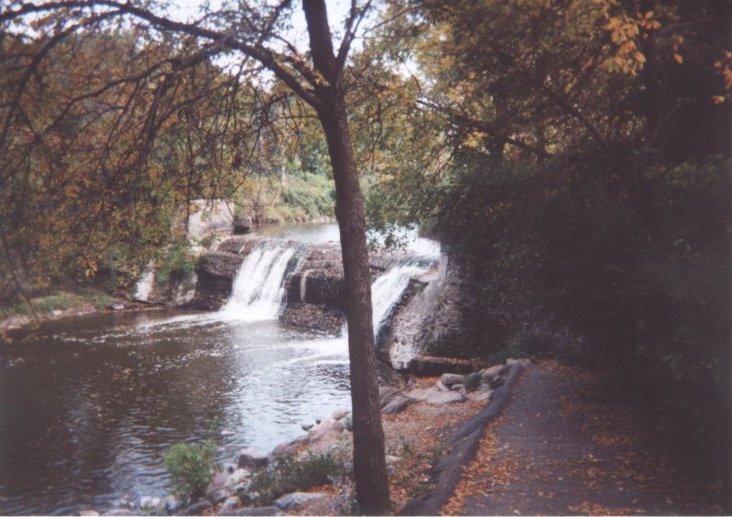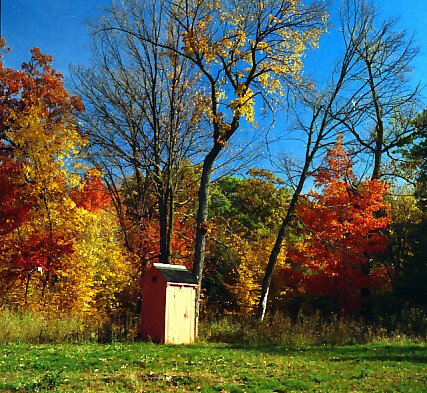In September of 1945, I was old enough to start school. Scott County’s District 30 school building was located at the end of our long driveway and the walk to school was in itself a journey. There were three hills, of which the middle one was named “the big hill”. A kid could walk and walk and not see the school building until he or she reached the big hill. Coming home, one could to see the farmhouse until the hill was climbed. A metaphor for life- we work the little hills and hope for a chance, once in a while, to see the big picture from the highest hill. The imagery has stayed with me to this day.
I liked school, but parts of it seemed scary. Everyone, except for my first grade classmates Nancy and Pat Kane, was bigger then me. In an eight-grade schoolhouse, watching the big kids could be intimidating and occasionally amusing. I remember intense arguments at recess about the merits of John Deere tractors versus the Ford tractor. The big boys got physical with each other hem their verbal debating skills had reached their limit and would look pretty scare to the resto f us. But the big boys were entertaining. I remember the spring day when two or three of them jumped on an ice flow on the creek which ran behind the school. The melting ice sent the water rushing and the boys “rode the rapids”. They looked brave and ridiculous all at once, for they had put themselves in more danger than they had planned to. Somehow they got off the ice before it carried them away. Mr. Herzog, the school superintendent, visited us and from thereon we were forbidden to cross the fence and play near the creek. Life became just a bit duller at District 30.
But learning was fun and it was enriched for us younger students because we were right there as the eighth graders read aloud the poem “Evangeline”, Longfellow’s story of young lovers torn apart as the French settlers were driven from their homes in Nova Scotia.
I was in fourth grade when my sister, Nancy, Started school. By then the old coal furnace had been replaced by an oil heater. Mrs. Hedlund had it replaced the year before. And then Mrs. Hedlund was replaced by Miss Cates. My family thought it would be cute if my sister, while reading Dick and Jane aloud, would substitute Czech for English when reading “One Two Three”. I watched as they tutored her to get the words right; “Jeden, Dva, Tri”. The next day, O watched from the next row of seats, stifling myself, knowing Nancy would be translating the written words. She carried it out, I giggled. Miss Cates, surprised at first and then annoyed, made it clear there was to be no more of that. There wasn’t.
At school, we got to know the neighborhood kids, the Schneiders, the Kalals, the Troms and the Kanes, Ralph Borka, LeRoy Farrell, and Barb McMahon. We would play London Bridge, Baseball and a real favorite, Prisoners Base. When the boys weren’t arguing about tractors, I really loved recess!












